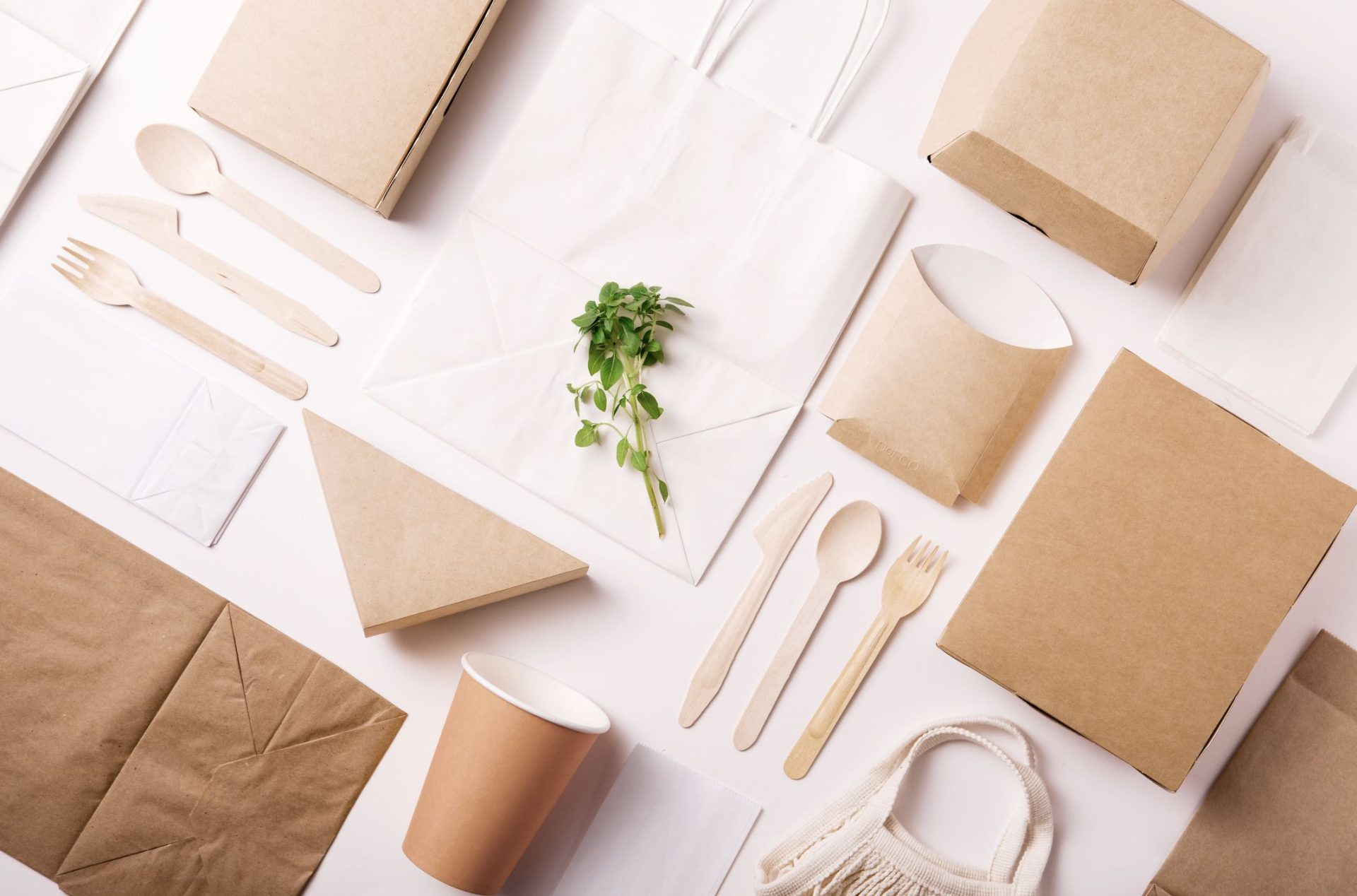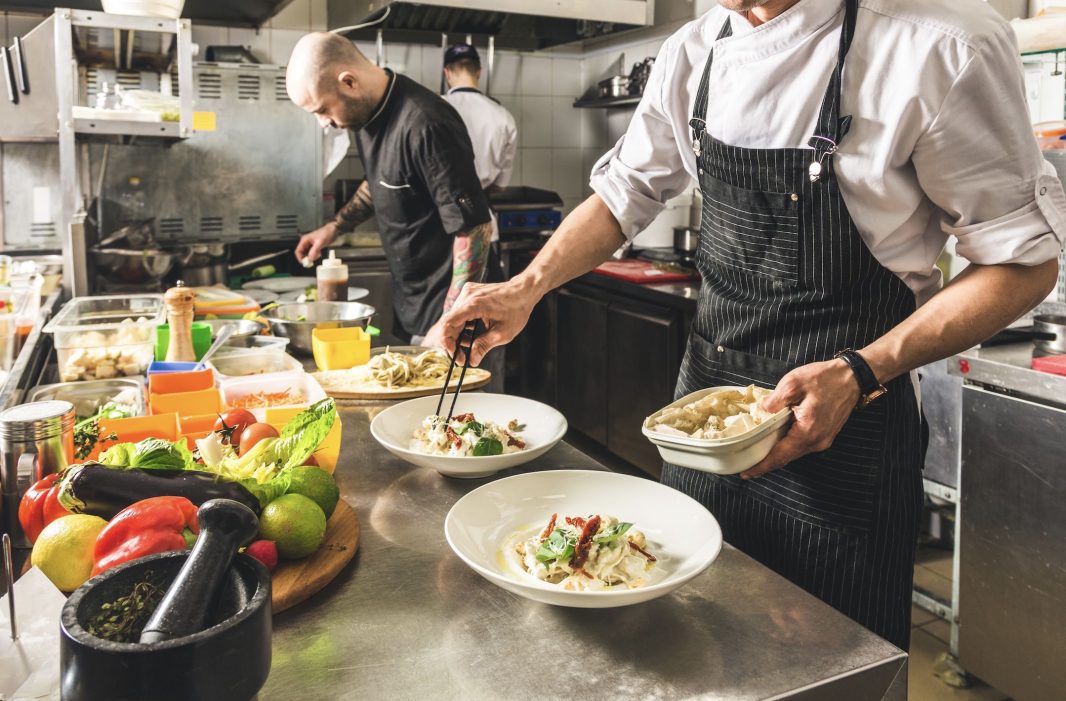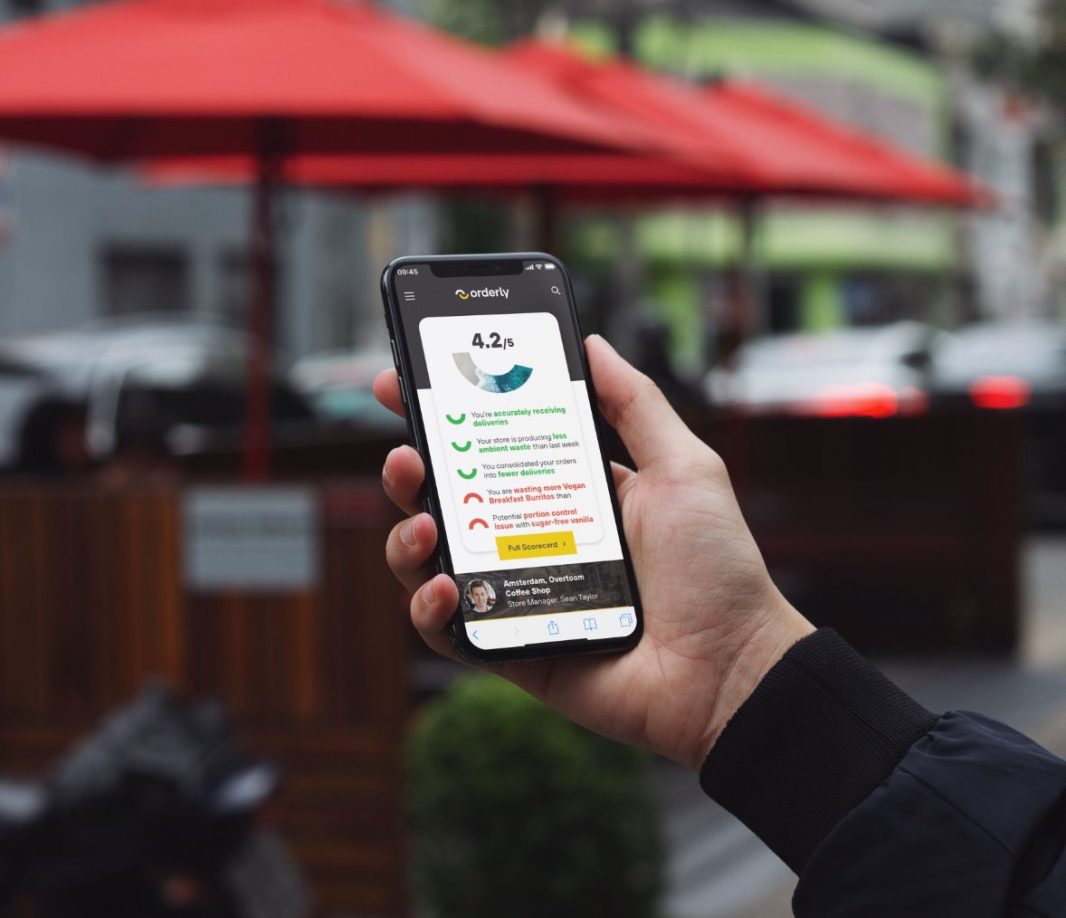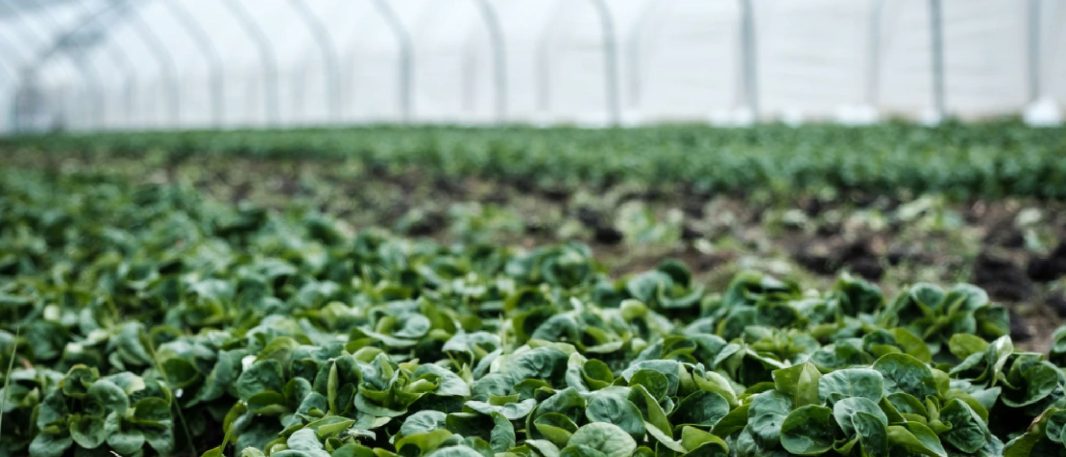Which do you think is worse for the environment and climate change? Food waste, or plastics and other unsustainable packaging?
According to an online article by Verive, citing a BBC article with Zero Waste Scotland, food waste is much worse for the environment. Zero Waste Scotland’s chief executive Iain Gulland says about food scraps, “As they break down, they emit methane, which is many times more harmful in the short-term to our climate than carbon dioxide (CO2)”.
Whereas it is imperative for corporations to lead the way in establishing the sustainability machine, the 2016 study yielded an approximate 3:1 result for rotting food being the bigger culprit than plastic waste. This is the equivalent of 1.9 million tonnes of CO2 coming from the home. And this damage to the environment was only for one country for one year!
StartUs insights echo this exponential food wastage rate as being ‘one-third of all the food produced for consumption’ globally, according to the Food and Agriculture Organization (FAO).
Why our current food processes are not sustainable
- The processes employed to grow and farm food, harvest it, manufacture it, package it, ship it, keep it fresh, and sell it with time to spare before it spoils, and provide a realistic best before date is a major drain on resources and today’s supply chain too often fails.
- Then, at home, we waste what’s leftover, causing decomposing food to be dumped into landfills and washed down the drain into sewage which ultimately leaks into our waterways and leaches into the soil.
As such, climate change is a global crisis that we all must do our part to manage and prevent further destruction to our planet.
Asking the questions
But the question remains, ‘how, exactly do we do our part to prevent destroying our world, and thus reducing food and food packaging waste?’
What are we willing to do about:
- the way we view our current economy needs to be reconsidered and restructured, moving away from the linear model to the circular economy model – reduce, reuse, recycle, and compost
- the way international corporations and local businesses package food needs to be rethought and re-evaluated
- how much we produce versus the rate we consume
- are your customers enabled to do their parts, such as bring their own reusable coffee cup or food container?
Realising the solutions
The food and beverage industry as a whole needs to develop a new environmentally sound standard that is safe for the planet, humans, and animals alike. Single-use plastics are ‘out’ and reusable, biodegradable, and recyclable single-skin packaging is ‘in’.
FoodPrint on The Environmental Impact of Food Packaging reminds us of a few things to consider:
- where the food comes from
- what types of packaging materials are being used
- the intended use of the packaging and how many layers it has
- the timeline for product consumption.
FoodPrint claims that two-thirds of the packaging industry’s demand is because of the food industry, and most of it is designed for single use. It states, “According to the US Environmental Protection Agency (EPA), food and food packaging materials make up almost half of all municipal solid waste.” What is worse is that only a tiny percentage of that waste is being recycled or composted.
It goes on to say the creation of food packaging uses a vast array of materials and resources and it “often generates air emissions including greenhouse gases, heavy metals and particulates, as well as wastewater and/or sludge containing toxic contaminants.”
Packaging with potential
If you are in a position to, you may wish to consider the potential of these to help turn the tide:
- edible packaging, such as cutlery (Kulero)
- biodegradable packaging (Agropak), from dissolvable drink packaging using plant-based products (Dissolves) to sustainable takeaway containers using sugarcane fibres (BH Packaging Supplies), to the most common biodegradable packaging using cornstarch, used to make everything from disposable plates and cutlery to packaging film
- biopolymer packaging, such as compostable and biodegradable alternatives to synthetic plastics using starch and algae biopolymers (Toraphene) and BlockTexx recovers biopolymers from textile and clothing waste to provide them as raw materials for textile, packaging, and building products
- cellulose-based, mono-material alternatives (CelluloTech).
The best way to package food and drinks for the environment is by using reusable containers. However, this is not always feasible, and for businesses that sell ready-to-eat fresh products, using recyclable packaging is the next best option.
It can be made from a variety of materials, including cardboard, plastic and aluminium, and it can be recycled and reused multiple times. Avoid using non-recyclable materials, such as Styrofoam or plastic film, and reduce the amount of packaging you use without compromising food safety.
Reducing food waste
Finally, let’s take a look at some of the challenges faced by businesses when it comes to reducing food waste. One of the biggest challenges is finding a way to package food and drinks that are both practical and environmentally friendly. This is a difficult task, as businesses need to find a balance between using recyclable materials that are easy to recycle and biodegradable materials that break down quickly in the environment.
Businesses should weigh up the cost and environmental benefits before making a decision about which packaging is best to use.
Also, customers need to be educated about food waste and recycling and be enabled to do their part. Many people don’t realise how much food they throw away each week, or how easy it is to recycle packaging.
Keep asking questions like, are people going to want to consume packaging? Are we going to feed it to our animals or compost it? Or does it threaten to contribute to the problem of food waste in the longer term? What about cellulose-based products – is the process petroleum-based?
It seems like startups are asking these questions and are the most adventurous when it comes to differentiating themselves from the rest of the pack. Is it because they need a gimmick to get them known? Maybe, but at least they are creating a forward-thinking culture, Startup companies are more likely to be innovative and accept the moving of the goalposts with more environmentally progressive technology systems and processes.
The point is to be like a startup even if you’re company is 100 years old. Scale up or down and embrace the now with the latest solutions and ensure a brighter future by leading the way (cliched but true).
The bottom line
The best way to package food and drinks for the environment is by using reusable containers. If this isn’t possible, use recyclable packaging and biodegradable materials as the next best sustainable options.
Although Orderly doesn’t offer physical packaging solutions, we can help reduce food waste at the source, so you may not need a gimmick to be innovative! Orderly’s AI scorecard and analytics platform help food businesses of all sizes to measure, monitor and manage inventory in real-time. This means that you can identify surplus or wasted food at an early stage, and take corrective action before it becomes a problem.







